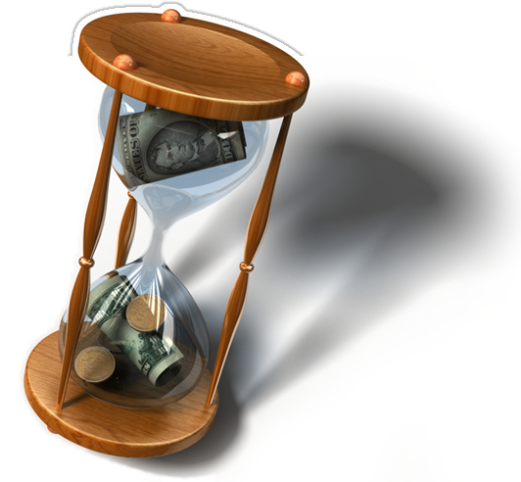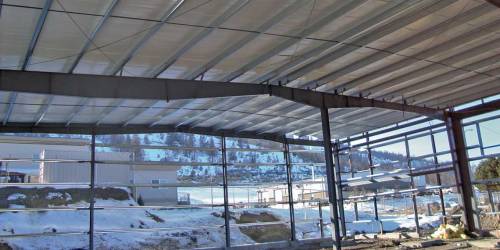The worldwide economy may be struggling, but the demand for green buildings are at an all-time high, according to studies conducted by McGraw-Hill Construction (MGH) and Turner Construction.
Sustainability Dashboard Tools LLC CEO Stephen Ashkin credits this to the institutionalization of sustainability. This is precisely what the public demands: organizations that have an admirable policy on sustainability and make a deliberate effort to contribute to the lessening of environmental degradation. Organizations that report on their green efforts tend to have a more positive public perception. Because of the institutionalization of sustainability in corporate practices, corporations have taken it upon themselves to integrate it into their corporate practice.
But this is not the only reason why companies are keen on adopting green policies. The top reason is that a green building decreases building and operating costs.
Another reason is the increased productivity of employees, because of the improved indoor air quality (IAQ). The protection of building users also serve as a compelling reason for building owners to shift to green buildings. Askin states that “U.S. executives are no longer going Green just because they think it is the right thing to do. Today, the bread-and-butter issues like protecting [building user] health, enhanced worker productivity, and lowering operating costs, are center stage when it comes to why organizations want to be Green and more sustainable.”
From $10 billion in 2005, the worldwide growth of green building construction has escalated to $85 billion in just 7 years. This shows the mainstream appeal of green buildings in the construction industry. It might very well be the future of the entire industry.
The rising number of LEED certification, however, is going on the opposite direction, with corporations seeking LEED certification down from 61% in 2008 to less than 50% today. Does this mean that LEED is about to fade away? Probably not, according to Ashkin, as it will mostly likely remain as the standard as to whether or not a building deserves to be called a green building.





